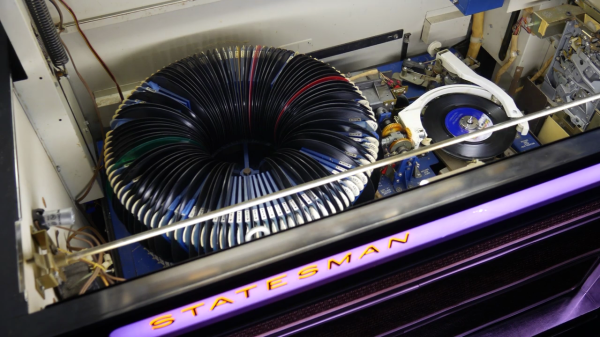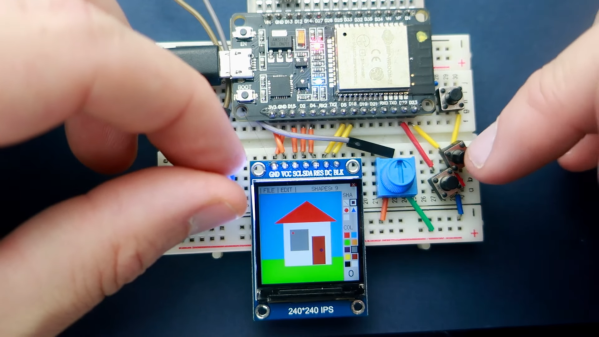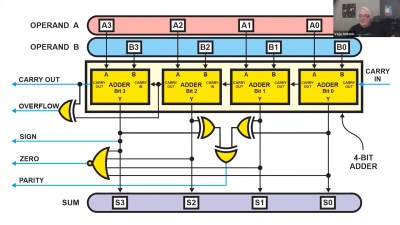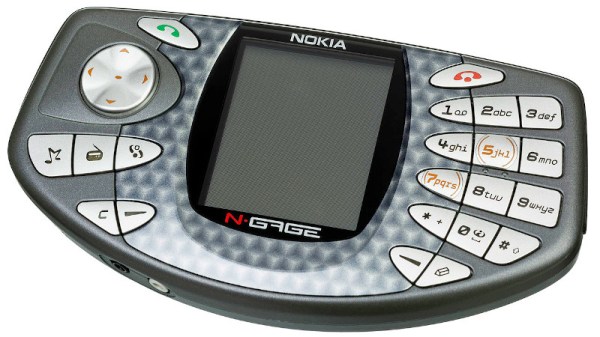If you ever been curious how old-school jukeboxes work, it’s all electromechanical and no computers. In a pair of videos, [Technology Connections] takes us through a detailed dive into the operation of a 1970 Wurlitzer Statesman model 3400 that he bought with his allowance when he was in middle school. This box can play records at either 33-1/3 or 45 RPM from a carousel of 100 discs, therefore having a selection of 200 songs. This would have been one of the later models, as Wurlitzer’s jukebox business was in decline and they sold the business in 1973.
This may be the ugliest jukebox ever produced.
This jukebox is actually what turned me into the weirdo that I am today.
External appearances aside, it’s the innards of this mechanical wonder that steal the show. The mechanism is known as the Wurlamatic, invented by Frank B. Lumney and Ronald P. Eberhardt in 1967. Check out the patent US3690680A document for some wonderful diagrams and schematics that are artwork unto themselves. Continue reading “Jukebox Electromechanical Automation Explained”

















